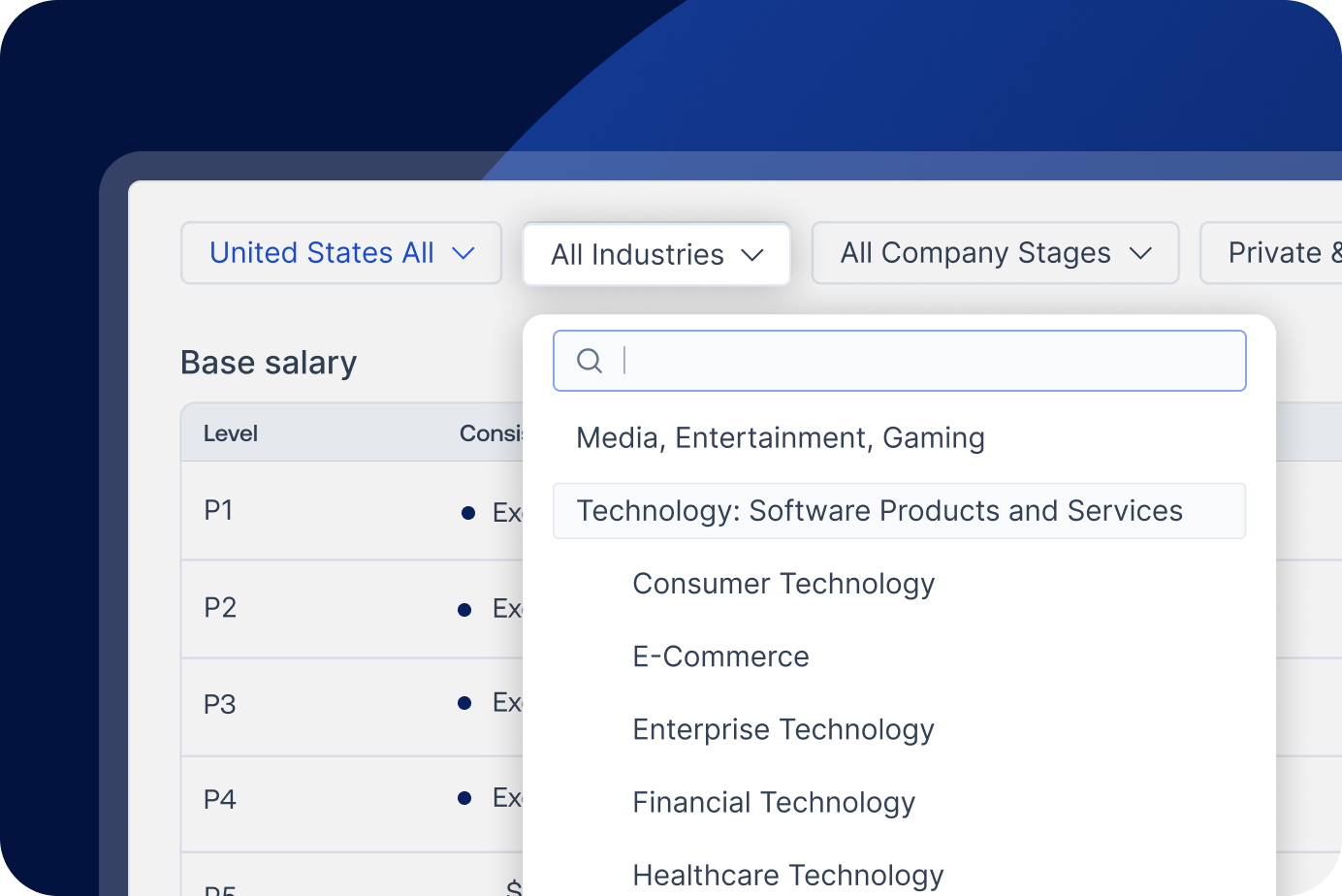Last week in San Francisco, Pave brought together over 200 compensation leaders for our first-ever Total Rewards Live (TRL) event to dive into topics around compensation planning, pay transparency, equity compensation, and more.
The energy? Electric. From panels to breakouts to every moment in between, there was no shortage of learnings from the biggest names in compensation. If you weren’t able to attend, here are the top four takeaways to keep in mind as you head into merit cycle season.
Stay in the know for next year’s event. Save your seat for TRL 2025!
1. The Premium on AI Engineers is Real
AI has taken the tech world by storm—it seems every technology company now has AI as the cornerstone of their strategy. Engineers with AI and Machine Learning (ML) expertise are certainly in demand. But for comp leaders, it’s difficult to keep up with how that demand has impacted compensation for these roles.
Pave Founder & CEO Matt Schulman shared insights from Pave’s dataset to uncover trends in ML engineering hiring and comp. Since the end of 2022—which, coincidentally, is when ChatGPT officially launched to the public—AI/ML hiring rates have more than doubled compared to Software Engineering (SWE) Generalists.

When it comes to pay, public companies are showing MLEs have a 20% premium over SWE at almost every level, and a decent premium in equity as well.

The takeaway: the AI hype is real. For comp leaders, this is only one piece of the puzzle when it comes to hiring AI talent. But the trend of MLEs as a hot job doesn’t seem to be fizzling out anytime soon.
2. Equity Compensation Programs Continue to Shift
Establishing and effectively managing a strong equity compensation strategy is more complex than ever. There’s a lot of tension around whether equity is best used as a proxy for cash compensation or as a long-term retention play that builds business ownership among employees. For comp leaders, it’s tricky to find the balance.
During the session, panelist Lamont Walker, Director of Equity Compensation Programs at Lyft, discussed how he and his team have rethought equity compensation in a volatile market.
“Pre-IPO, there was a focus on equity that had to take a fundamental switch,” Walker said. “Post-IPO, you have to find another way to attract employees without the IPO element. We’re always trying to look and evolve and see what makes sense to attract those employees and retain them as well."
The takeaway: There are many levers organizations can pull to reexamine equity strategy and find a way to balance burn with employee incentives. Take a look at our blog post about trends in equity participation to dive into the details.
3. Companies are Rethinking the “Peanut Butter” Approach
Pay for performance is a buzzy topic in the compensation space, and for good reason. Budgets are tight, hiring is a challenge, and rewarding top performers is a key retention tool. But how do you start to transition from the peanut butter approach to pay for performance, and how do you do it “right?”
Says panelist Michael Ng, VP of Total Rewards at Stitch Fix, it starts with shifting the vernacular. “The words ‘equal’, ‘equitable’, and ‘fair’ are often used interchangeably, when we all know that there are nuanced but important differences. ‘Equal’ quite literally means ‘the same.’ To pay fairly, people who go over and above should receive more, while those who lack motivation and miss goals should receive less. To pay fairly, we must differentiate pay. This is the essence of pay for performance.”
While there’s no right way to approach performance pay, Evan Salisbury, Head of Total Rewards at Ancestry says it starts with the ratings themselves. “The performance rating itself can be a flawed process,” says Salisbury. “You have to work with your performance management team to make sure that you’re getting the right data points in the most objective and unbiased way possible.”
The takeaway: The key to paying for performance is rigorous performance calibrations combined with precise recommendations. How are your performance management and compensation management softwares working together?
4. Pay Transparency is More Than Just Compensation Ranges
In the last few years, legislation and market conditions have pushed pay transparency to new heights. Companies are being required to disclose more when it comes to pay bands, and employees and candidates are starting to expect more transparency from their employers.
One of the biggest challenges for Total Rewards leaders is buy-in on pay transparency at every level of the organization. For employees, it goes beyond knowing what their comp bands are. Says Emily Francis, Head of Exec & Equity Compensation at Databricks: “Programmatic transparency is pay transparency, as well. We should be pushing to ensure that every employee understands not just what they’re paid, but why they’re paid that—and what levers they have to influence that pay in the future.”
For Colleen Burgess, Senior Director, Compensation at Okta, it’s clear that leadership is bought into pay transparency, but it takes much more than numbers to drive that programmatic awareness. “When we host live sessions and want to talk to leaders about comp, 80% of the leadership team will come. Just by making ourselves available, it drives awareness of pay transparency as a program that simply disclosing a comp range can’t do.”
The takeaway: When it comes to pay, the opposite of transparency isn’t opaqueness, it’s flexibility. Comp leaders should be flexible in their approach to getting every level of their business aware of and bought into underlying philosophy to allow for real pay transparency.
More Compensation Insights to Come
Total Rewards Live provided so many valuable insights in the compensation space. We can’t keep them all to ourselves, so stay tuned for more blog posts and other content from our amazing panelists and speakers.
If you missed out on Total Rewards Live, make sure you don’t miss the next opportunity! Save your seat for TRL 2025 today. And in the meantime, stay up-to-date with Pave and be the first to know about our future events and webinars—sign up for our newsletter, The Benchmark, and follow Pave on LinkedIn.
Pave is a world-class team committed to unlocking a labor market built on trust. Our mission is to build confidence in every compensation decision.








